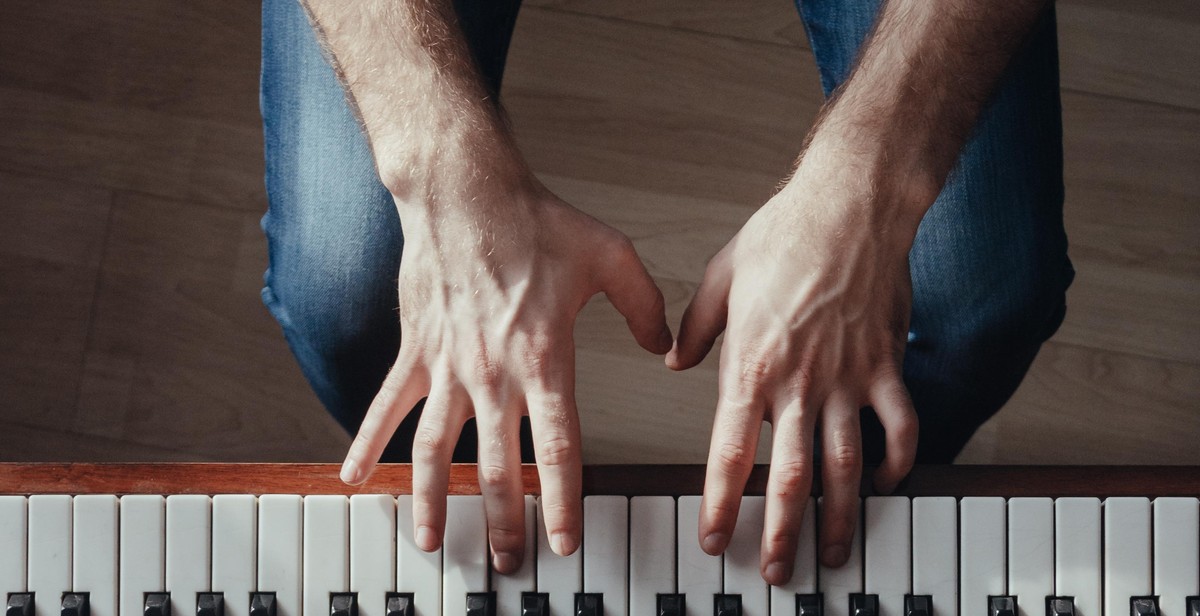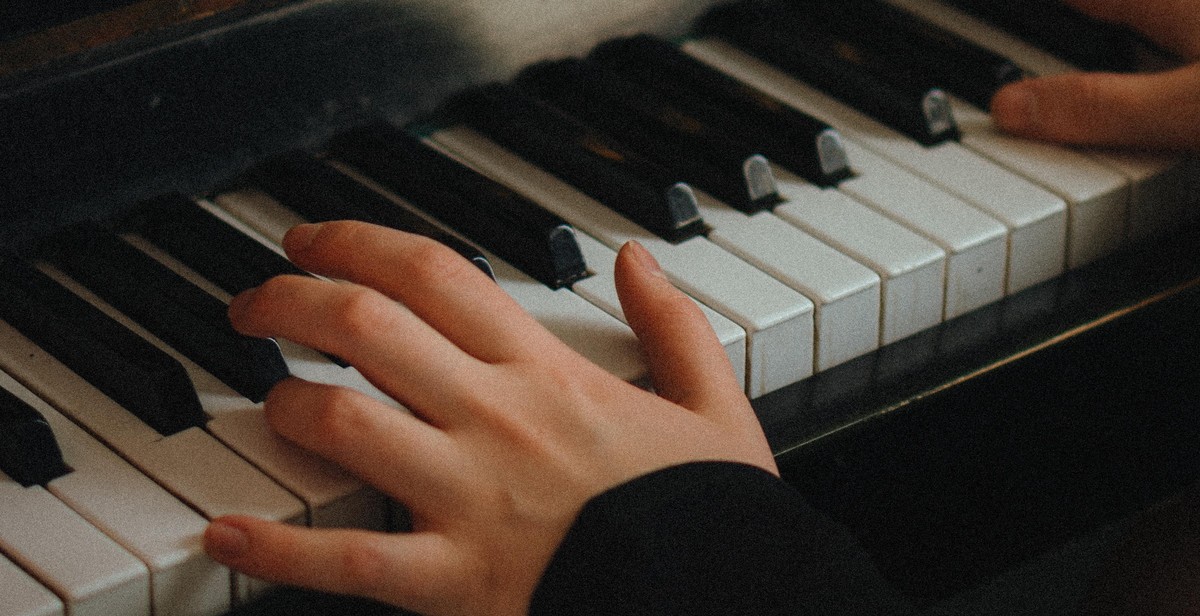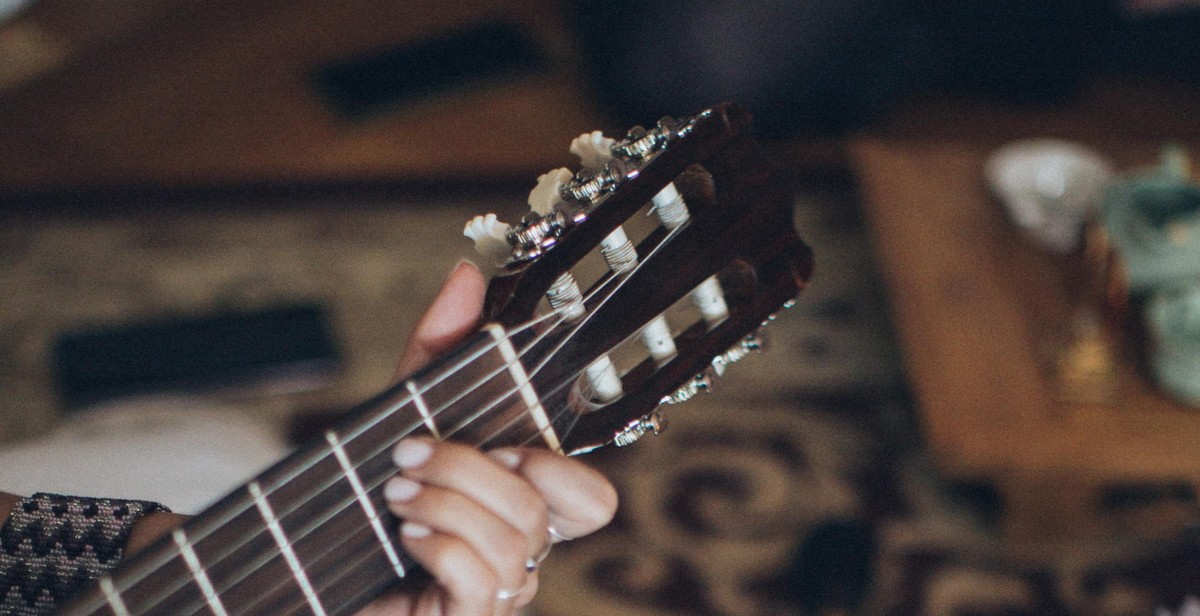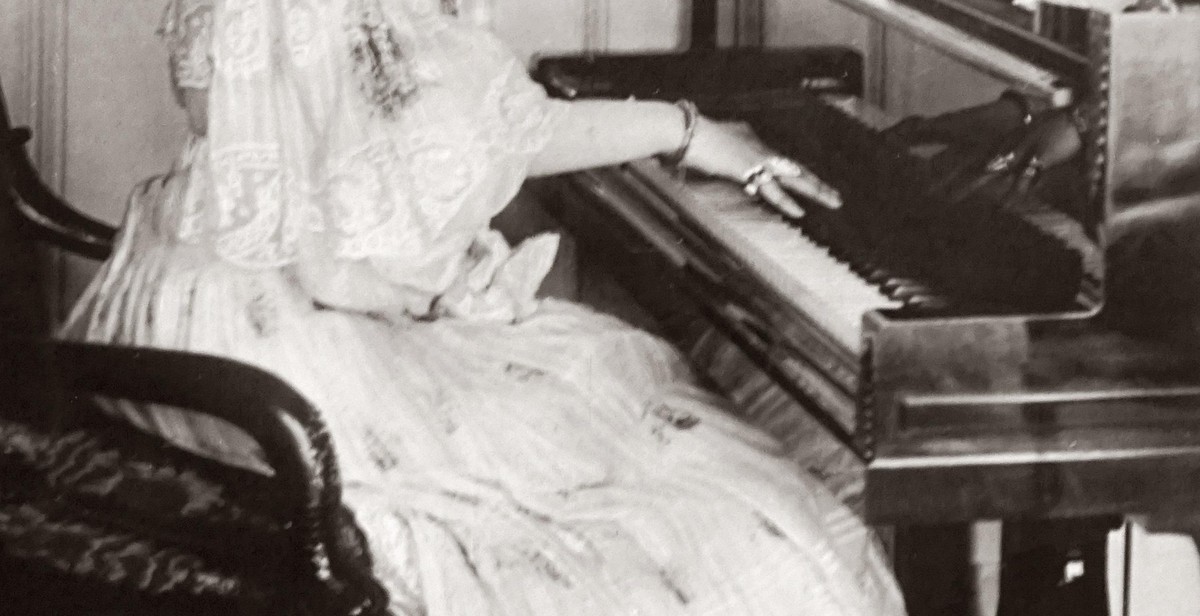How to Play the Piano: Beginner’s Guide to Keyboards and Notes
Learning to play the piano is a rewarding experience that can bring a sense of accomplishment and joy. Whether you are interested in classical music, jazz, pop, or any other genre, the piano is a versatile instrument that can accommodate a wide range of musical styles.
Why Learn to Play the Piano?
Playing the piano offers a host of benefits, including improved cognitive function, enhanced creativity, and reduced stress levels. It can also be a fun and fulfilling hobby that allows you to express yourself through music.
Whether you are a beginner or an experienced musician, there are many resources available to help you learn to play the piano. From online tutorials to in-person lessons, you can find a learning method that suits your needs and preferences.
Choosing the Right Keyboard
Choosing the right keyboard is an important step in learning to play the piano. There are many factors to consider, including size, weight, and features. If you plan to take your keyboard on the go, a lightweight and portable option may be best. If you are looking for a more traditional piano experience, a full-sized keyboard with weighted keys may be the way to go.
Additionally, you will want to consider the number of keys, the quality of sound, and the availability of built-in learning tools. By taking the time to research and choose the right keyboard for your needs, you can set yourself up for success in your piano journey.

Understanding the Basics
If you’re a beginner looking to learn how to play the piano, it’s important to start with the basics. Here’s what you need to know:
Anatomy of a Piano
Before you start playing, it’s important to understand the different parts of a piano. The keyboard is made up of 88 keys, which are divided into white and black keys. The white keys represent the natural notes (A, B, C, D, E, F, G), while the black keys represent the sharps and flats of those notes. The keys are attached to hammers, which hit the strings inside the piano to produce sound.
Notes and Octaves
When you press a key on the piano, it produces a specific note. The notes are named after the first seven letters of the alphabet (A, B, C, D, E, F, G), and each note has a specific pitch. The piano has seven octaves, which are groups of 12 notes that repeat in a specific pattern. Understanding octaves is important when reading sheet music and playing melodies.
Reading Sheet Music
Sheet music is a written representation of a piece of music. It includes notes, rhythms, and other musical symbols that tell you how to play a song. To read sheet music, you’ll need to understand the different types of notes (whole, half, quarter, eighth, etc.) and their corresponding rests. You’ll also need to understand the staff, which is made up of five lines and four spaces where notes are placed.
Fingering and Hand Placement
Fingering and hand placement are important aspects of playing the piano. Proper hand placement involves keeping your wrists level and your fingers curved. Fingering refers to which fingers you use to play specific notes or chords. Using the correct fingering can help you play more efficiently and avoid injury. As you progress, you’ll learn different fingerings for scales and arpeggios.
Now that you have a basic understanding of the anatomy of a piano, notes and octaves, reading sheet music, and fingering and hand placement, you’re ready to start playing!

Getting Started: Beginner’s Guide to Keyboards and Notes
Playing the piano can be a rewarding and fulfilling experience. However, if you’re new to playing the piano, it can be challenging to know where to start. In this beginner’s guide, we’ll cover the basics of playing the piano, including sitting at the piano, playing your first notes, and playing simple songs.
Sitting at the Piano
Before you start playing the piano, it’s important to sit in the correct position. Sit on the bench with your feet flat on the floor and your back straight. Sit close enough to the piano so that your elbows are slightly bent when your hands are on the keys. Your wrists should be level with the keys, and your fingers should be curved, ready to play.
Playing Your First Notes
Once you’re in the correct position, it’s time to play your first notes. Start by finding middle C, which is usually located near the center of the keyboard. Place your right thumb on middle C and your other fingers on the keys to the right of it. Play each key, moving your fingers up and down the keys in a smooth motion. Repeat this exercise with your left hand, starting with your pinky finger on the key to the left of middle C.
Playing Simple Songs
Now that you’ve played your first notes, it’s time to try playing a simple song. Look for easy piano sheet music online or in a beginner’s piano book. Start with a song that only uses a few notes, such as “Mary Had a Little Lamb” or “Twinkle, Twinkle, Little Star.” Practice playing the song slowly, focusing on hitting the correct notes and keeping the rhythm. As you become more comfortable, you can increase the speed and add more complex songs to your repertoire.
Remember, learning to play the piano takes time and practice. Don’t get discouraged if you make mistakes or if it takes a while to learn a new song. With dedication and persistence, you’ll be playing beautiful music in no time.

Progressing Your Skills
Once you have mastered the basics of playing the piano, it’s time to progress your skills and take your playing to the next level. Here are some tips to help you improve your piano playing:
Playing with Both Hands
Playing with both hands can be a challenge for beginners, but it’s an essential skill to develop if you want to play more complex pieces. Start by practicing simple songs with both hands, focusing on getting the timing and coordination right. As you get more comfortable, try playing more complex pieces, such as classical music or jazz, with both hands.
Playing Scales and Chords
Practicing scales and chords is a great way to improve your finger dexterity and strengthen your hand muscles. Start with the basic major and minor scales, and then move on to more advanced scales such as the harmonic and melodic minor scales. Practice playing chords in different keys, and experiment with different chord progressions to create your own unique sound.
Developing Your Own Style
Developing your own style is an important part of becoming a skilled pianist. Listen to different genres of music and study the techniques used by different artists. Experiment with different playing styles, such as staccato, legato, and glissando, and try to incorporate them into your own playing. Don’t be afraid to take risks and try new things – this is how you’ll develop your own unique sound.
- Practice playing with both hands to improve your coordination.
- Practice scales and chords to improve your finger dexterity.
- Experiment with different playing styles to develop your own unique sound.
By following these tips and practicing regularly, you’ll be well on your way to becoming a skilled pianist. Remember to be patient with yourself and enjoy the process – learning to play the piano is a journey, not a destination.

Tips and Tricks for Playing the Piano
Practicing Effectively
Practice is key to improving your piano playing skills. However, it’s important to practice effectively to make the most out of your time. Here are some tips:
- Schedule regular practice sessions. Consistency is key to making progress.
- Break down pieces into smaller sections and practice them slowly before increasing the tempo.
- Focus on difficult sections and practice them repeatedly until you’ve mastered them.
- Record yourself playing to identify areas that need improvement.
- Take breaks to rest your hands and prevent injury.
Improving Your Timing
Timing is crucial when playing the piano. Here are some tips to improve your timing:
- Practice with a metronome to develop a sense of rhythm and timing.
- Break down pieces into smaller sections and practice them slowly to ensure you’re playing in time.
- Tap your foot or count out loud to help keep a steady beat.
- Listen to recordings of professional pianists to develop a sense of timing and phrasing.
Playing by Ear
Playing by ear is a valuable skill for any pianist. Here are some tips to help you play by ear:
- Listen to recordings of songs and try to play them by ear.
- Identify the key of the song and the chords being used.
- Practice playing melodies and chords by ear to develop your ear training skills.
- Experiment with improvisation to develop your ability to play by ear.
| Tip | Technique |
|---|---|
| Practice Effectively | Schedule regular practice sessions, break down pieces into smaller sections, focus on difficult sections, record yourself playing, take breaks |
| Improve Your Timing | Practice with a metronome, break down pieces into smaller sections, tap your foot or count out loud, listen to recordings of professional pianists |
| Play by Ear | Listen to recordings of songs, identify the key and chords, practice playing melodies and chords by ear, experiment with improvisation |

Conclusion
Learning to play the piano is a fulfilling experience that can bring joy and relaxation to your life. With the right approach and dedication, anyone can become a skilled pianist.
Recap of Key Points
- Start by familiarizing yourself with the keyboard and notes.
- Learn proper hand and finger positioning to avoid injury and improve technique.
- Practice regularly and set achievable goals to track your progress.
- Use online resources and apps to supplement your learning.
- Consider taking lessons from a qualified instructor to receive personalized guidance and feedback.
Benefits of Playing the Piano
Aside from the enjoyment of making music, playing the piano has numerous benefits for your mental and physical health. It can improve cognitive function, reduce stress and anxiety, and enhance dexterity and coordination.
Final Thoughts
Whether you’re a beginner or an experienced musician, there’s always something new to learn when it comes to playing the piano. With patience and persistence, you can develop your skills and achieve your musical goals.
| Author: | John Doe |
| Date Published: | January 1, 2021 |
